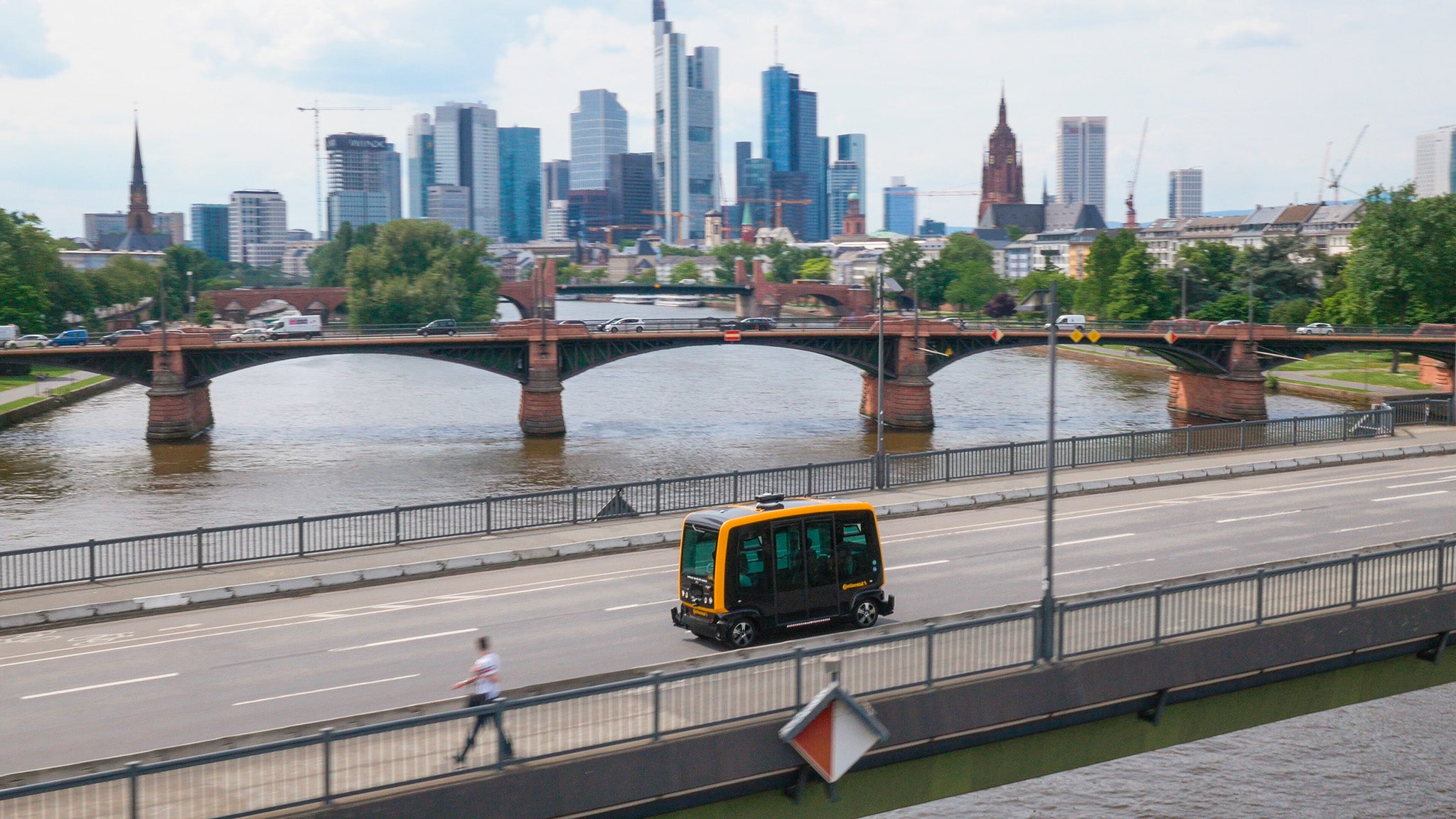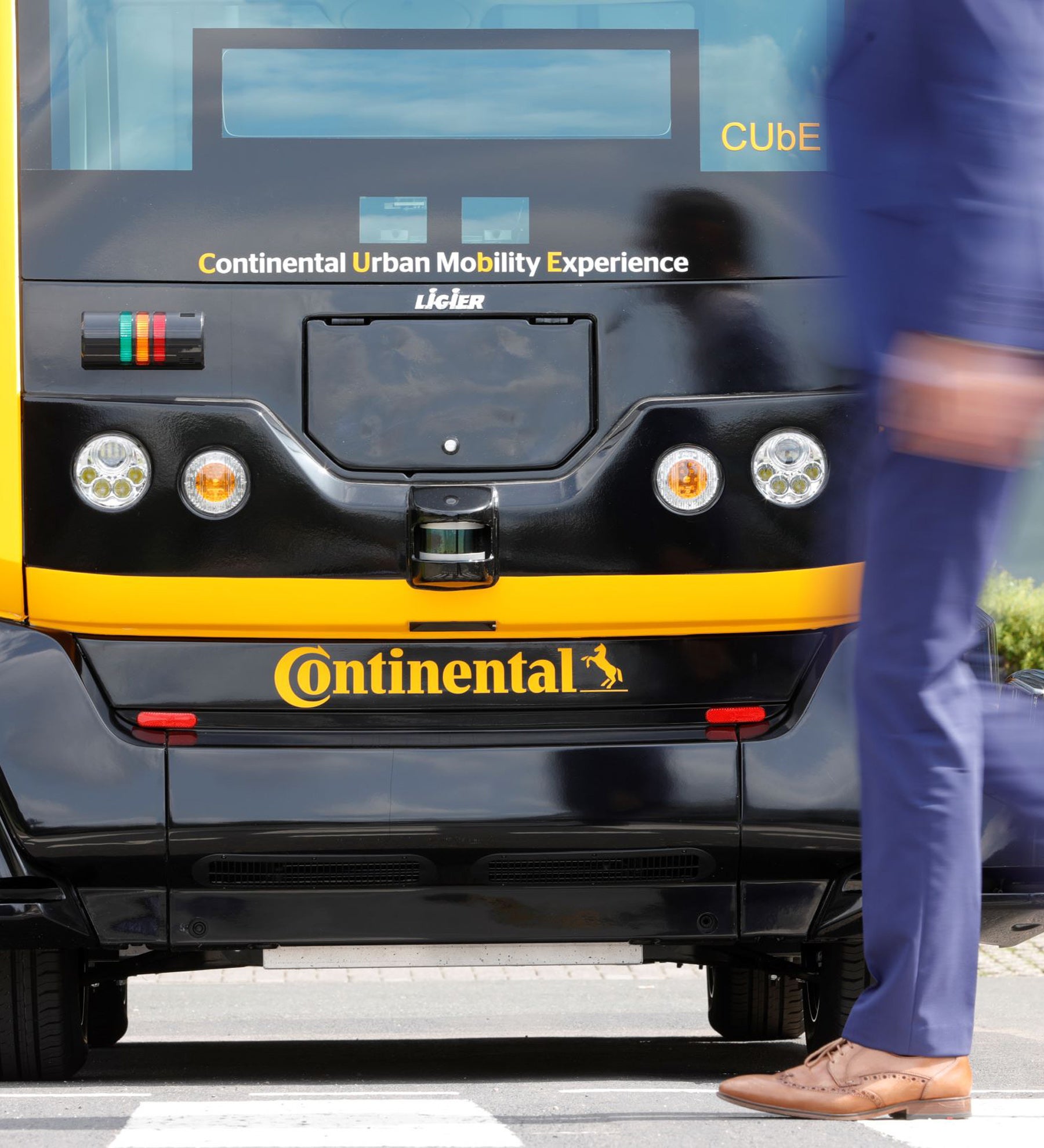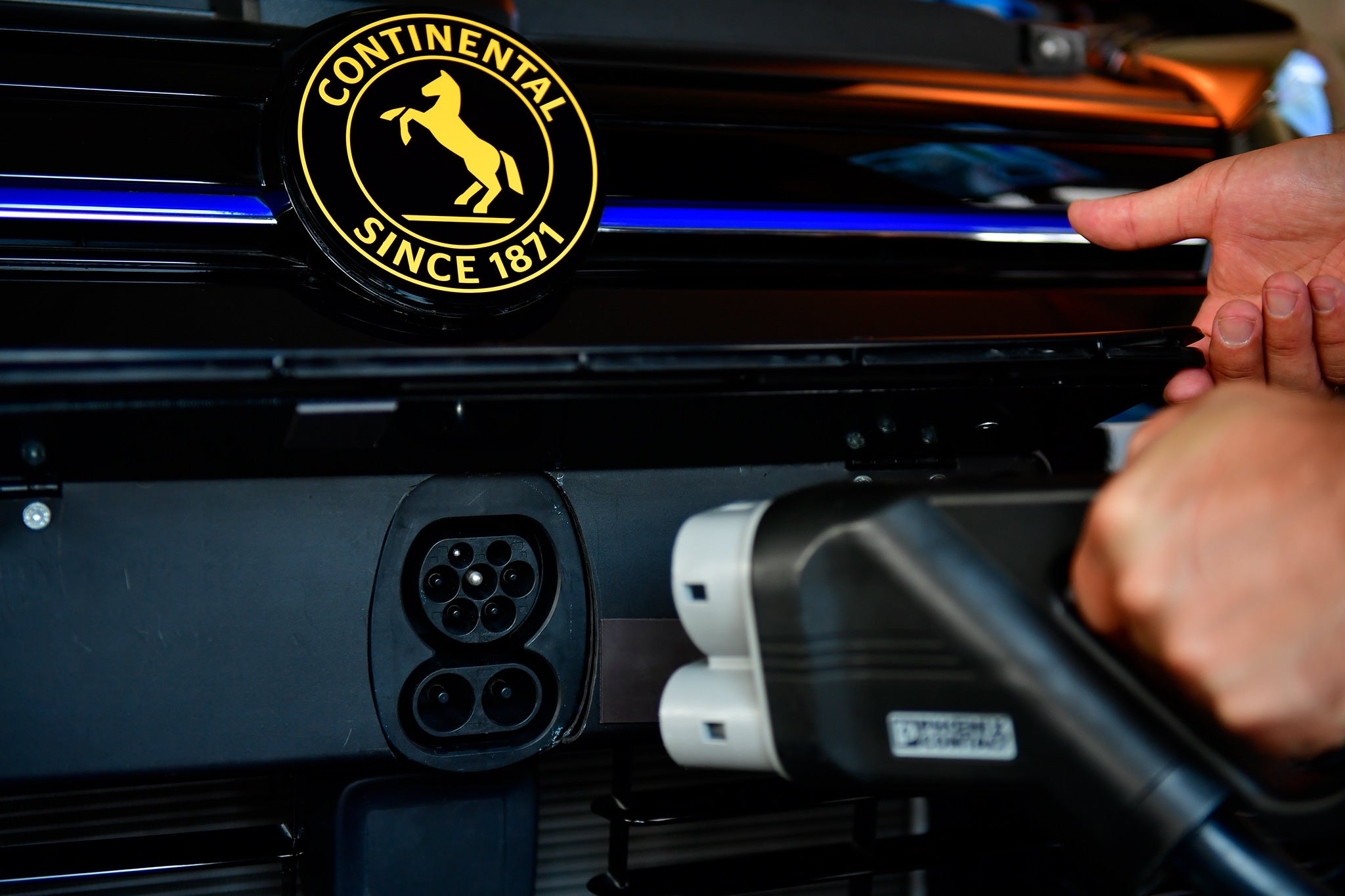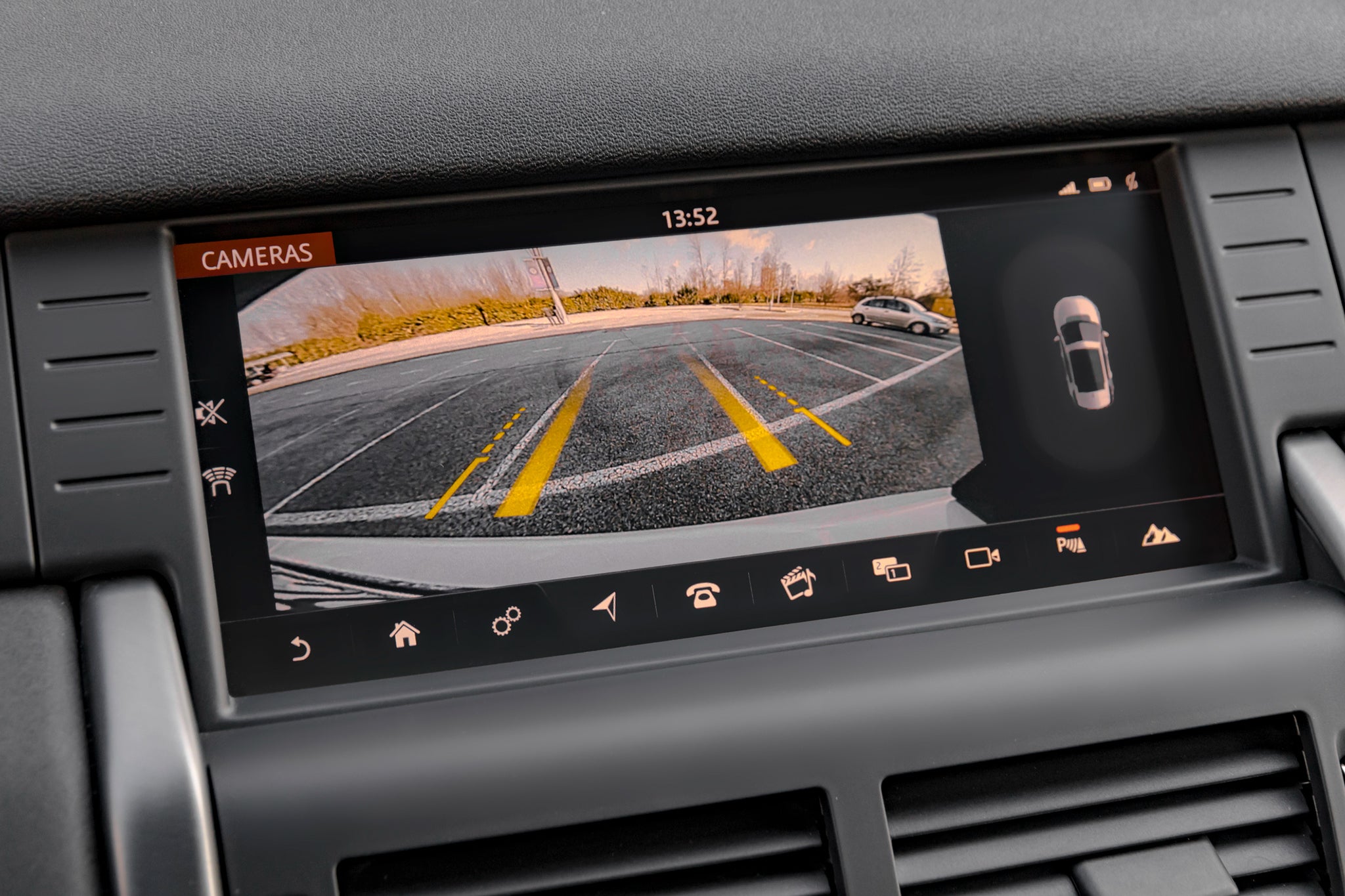
# Future mobility
Driverless mobility - Prepare for an electrified future
E-Mobility technology

E-Mobility technology in every part of the vehicle
The topic of e-mobility goes far beyond the idea of plugging your car into the wall and driving soundlessly out of your garage. In the coming years, e-mobility solutions will take you much further than to the charging station in your neighbouring suburb. E-mobility involves electrifying and advancing every aspect of a vehicle, as well as developing innovative sharing and autonomous driving solutions and technology for whole societies.
E-mobility encompasses the electrification of vehicles and their parts far beyond the engine. From lighter brake boosters to more robust tyres to 360-degree sensors, a whole suite of other components is also being adapted for an electrified and emission-reduced future.

Tyres optimised for Electricity
Electric vehicles cause a whole new set of challenges for tyre makers in ensuring maximum quality and performance on the road. Because electric batteries make EVs heavier than fossil fuel-powered vehicles, tyres for electric vehicles require extra grip, robustness and load carrying capacity. Electric engines also provide higher torque, which places more stress on tyres, meaning they are worn out faster than conventional vehicles. To increase the challenge, tyres for EVs should also have less rolling resistance as well as being quiet and efficient.

Continental is committed to building new tyres that are optimised for e-mobility. One example is the development of a new Conti tyre built specifically for electric buses in city traffic. This tyre can carry up to 8 tons per axle, features robust casing with high wire density and a high proportion of natural rubber to increase resistance to cuts or cracks and generally enhance service life.
Coasting along with innovative energy recovery
Ourselves and other suppliers are making huge developments in motors, transmission and inverters that focus on propelling an electric vehicle forward, resulting in weight reductions that make electric vehicles more efficient, affordable and viable on a large scale. Another important aspect of e-mobility advancements, particularly when it comes to hybrid vehicles, is optimising energy recovery. With regenerative braking and start/stop functionality, most hybrid cars already have features that allow the car to charge as you drive or minimise engine use by cutting it out when you stop.

On top of these features, e-mobility experts are working on technology that decouples the engine from the wheels while the car is coasting. This means the engine can be shut down when it is not needed and then instantly and seamlessly restart when it is. A break booster that is 50% lighter also provides more security with less weight and therefore more efficiency for electric cars.
Learn about the cubes and the bees
Advancements in the field of e-mobility extend beyond mere car parts and explore electric solutions for societies and cities at large. A new series of driverless electric Robo-Taxis, with driverless brake systems and a sophisticated radar system, feature e-mobility products and solutions that could be used by numerous vehicles. The CUbE (Continental Urban mobility Experience), a small driverless demo shuttle at our Auburn Hills location in the USA, has helped develop a radar system that generates a 360-degree image of its environment using 7 radar sensors, laser sensors and cameras. It can detect everything within the environment up to a 200 metre radius and can even look through objects such as parked cars to detect hidden dangers.
Imagine a fully driverless and electric vehicle combining the convenience of a taxi and the added sophistication of flocking technology that allows multiple vehicles to drive together as one happy mobility family. The BEE (Balanced Economy and Ecology) mobility concept is designed for two passengers, reaches a speed of 37mph (60km/h) and can travel up to 220 miles (350km) each day.
Be prepared to let your reservations about an electric mobility future disappear as each component of electric vehicles becomes lighter, more sophisticated and more efficient. Lighter parts, eco-friendly tyres and more advanced sensors are making sustainable practices not just the future of mobility, but also part of the present.
